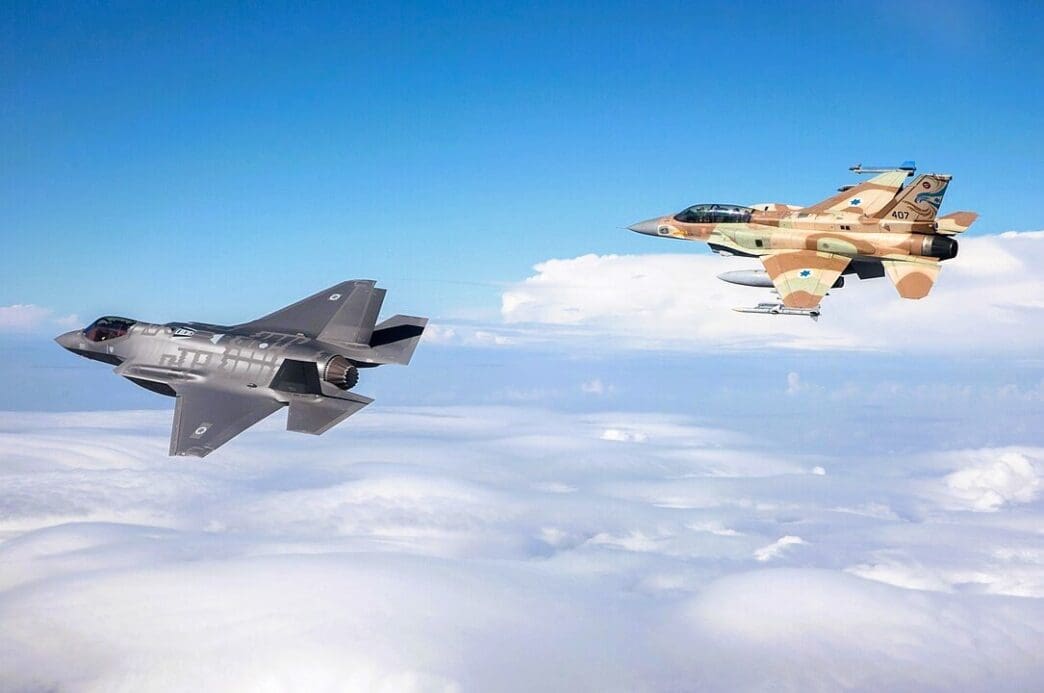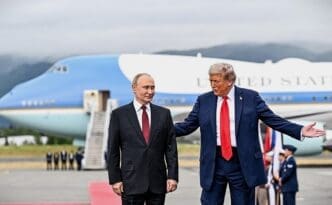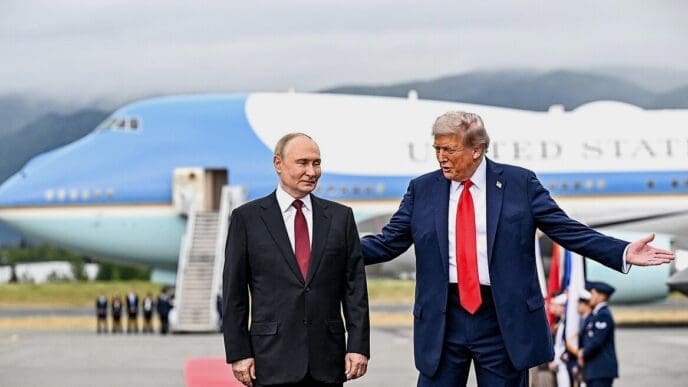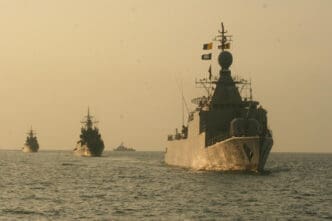In a tense escalation of Middle Eastern conflict, Israel launched a series of airstrikes against Iran over the past week, citing urgent threats from Iran’s advancing nuclear program. Israeli officials warned that Iran was nearing a critical point in its efforts to develop nuclear weapons, a claim contradicted by U.S. intelligence assessments which suggest that Iran is still several years away from having a deliverable nuclear weapon.
Despite Israel’s assertive military actions, which severely damaged Iran’s Kermanshah Missile Facility and other strategic sites, U.S. intelligence sources indicate that these strikes may have set back Iran’s nuclear ambitions by only a few months. The Natanz nuclear facility, a key site for uranium enrichment, suffered significant damage, though the heavily fortified Fordow enrichment site remained intact due to its deep underground location, impervious to Israeli capabilities without U.S. assistance.

A senior U.S. official noted that Iran is “as close as you can get before building” a nuclear weapon. However, the official affirmed that Iran possesses the necessary components but has not yet decided to assemble them into a weapon. This assessment is consistent with earlier U.S. intelligence conclusions, which indicated that Iran had not resumed its nuclear weapons program suspended in 2003.
The military exchange has placed the Trump administration in a precarious position as it navigates the complex geopolitical landscape. President Donald Trump has emphasized his reluctance to embroil the U.S. directly in the conflict, although he acknowledged the possibility of future involvement. “We’re not involved in it. It’s possible we could get involved. But we are not at this moment involved,” President Trump stated, while attending the G7 Summit in Canada. He has urged both Israel and Iran to engage in dialogue to prevent further escalation.
The U.S. military, particularly U.S. Central Command overseeing operations in the Middle East, expresses a more urgent view of Iran’s nuclear timeline than their civilian intelligence counterparts. In light of the ongoing hostilities, the U.S. has repositioned naval assets, including the USS Nimitz Carrier Strike Group, to bolster its defensive posture and support Israel if necessary. Over the weekend, U.S. Navy ships intercepted missiles aimed at Israel twice, highlighting the volatile nature of the conflict.
A Glaring Disparity in Military Might
At a Glance: Military Capabilities
Conventional Forces: Quantity vs. Quality
Ground Forces
Air Power & Defense
The Asymmetric Edge: Missiles & Nuclear Power
Ballistic Missiles
The Nuclear Question
As the international community closely monitors the situation, the International Atomic Energy Agency (IAEA) reported that Iran has amassed enough enriched uranium to potentially produce multiple nuclear bombs. Still, the challenge remains in developing a viable delivery system, which could prolong Iran’s timeline.
The contrasting assessments between U.S. and Israeli intelligence have fueled debates within President Trump’s administration, balancing isolationist tendencies with the advice of more hawkish advisors. The crisis underscores the fragile stability of the region and the intricate web of alliances and enmities that define Middle Eastern geopolitics.














